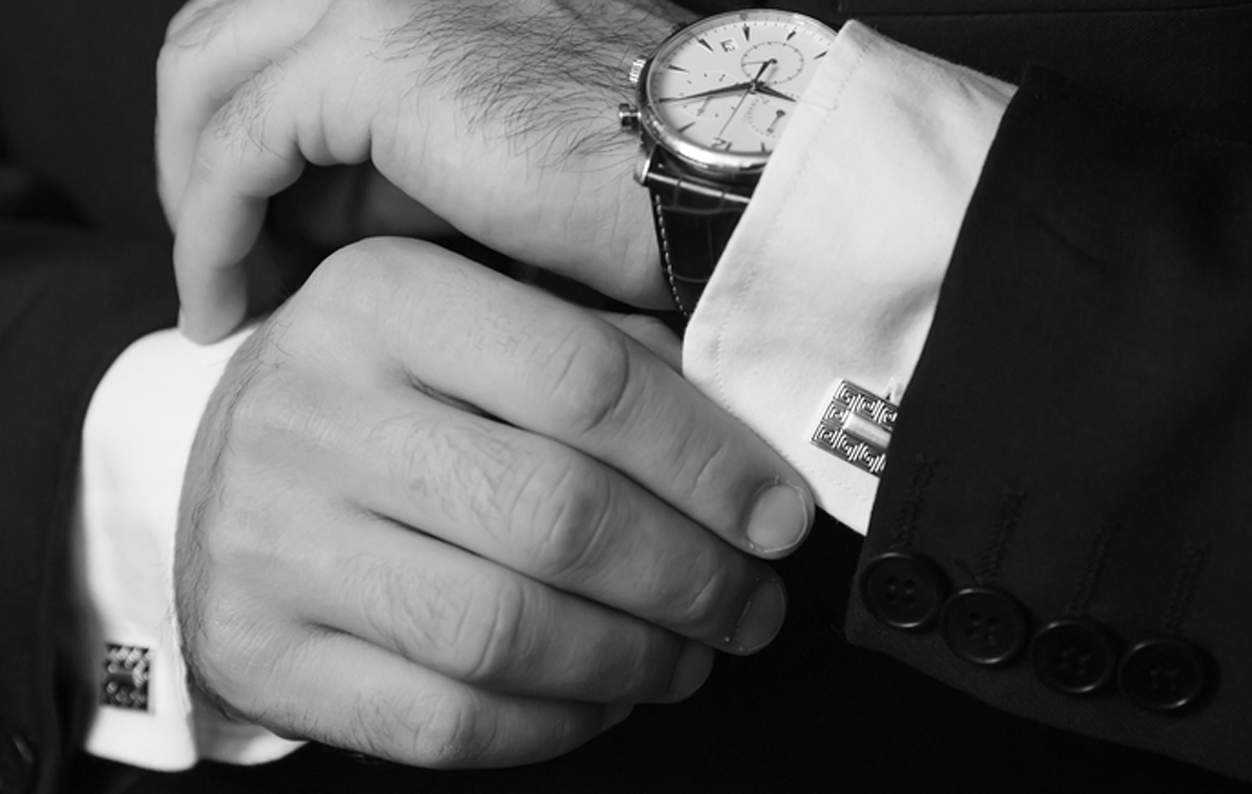Throughout history, accessories have symbolized power, fashion, and personal expression. Among these, cufflinks stand out as a striking yet practical accessory that has journeyed through centuries of cultural and fashion evolution. At Cufflers.com, the story of cufflinks takes center stage, showcasing their transformation from functional fasteners to symbols of elegance and prestige.
The Origins of Cufflinks
Cufflinks, in their earliest forms, can be traced back to ancient times when buttons and fasteners first emerged. During the 13th century, shirts with long sleeves became common, requiring some form of closure for cuffs. Early cuff fasteners were often crude strings or ribbons tied into bows.
However, by the Renaissance period, the growing interest in opulence led to the use of jeweled cuff fasteners. These early “cufflinks” were simple yet lavish, often featuring semi-precious stones set in silver or gold.
The Role of the Industrial Revolution
The Industrial Revolution of the 18th and 19th centuries significantly impacted fashion and accessories. This era saw the mass production of clothing and accessories, making cufflinks more widely accessible. Previously reserved for the aristocracy, cufflinks became an essential part of formal attire for the burgeoning middle class.
Mechanized production also allowed for intricate designs, such as engraved motifs, enamelwork, and unique patterns. By this time, cufflinks had evolved from simple utility to a reflection of personal style.
Cufflinks in the Victorian Era
During the Victorian era, men’s fashion underwent a dramatic shift. As suits became the standard for formal wear, cufflinks became a status symbol. Queen Victoria’s reign brought about an era of strict dress codes, where accessories like cufflinks were essential for completing one’s outfit.
Victorian cufflinks were often made with precious metals and gemstones, symbolizing wealth and sophistication. Personalized designs with monograms, family crests, or intricate engraving were highly sought after. These cufflinks were more than mere adornments; they carried deep sentimental value.
The Emergence of Cufflinks in Pop Culture
In the early 20th century, cufflinks entered mainstream fashion. Hollywood stars and prominent public figures often sported them, further cementing their reputation as a mark of refinement. This era also saw the rise of novelty cufflinks, with quirky shapes, playful designs, and bold colors gaining popularity.
The 1920s and 1930s Art Deco movement influenced cufflink design significantly. Sleek, geometric patterns and innovative materials like enamel and onyx became synonymous with modern elegance.
Cufflinks in Modern Fashion
Fast forward to the 21st century, cufflinks remain a staple in men’s fashion, offering a blend of tradition and modernity. While classic designs like silver and gold cufflinks with gemstones still hold appeal, contemporary fashion has embraced bold, unconventional styles.
Today, cufflinks are no longer limited to formal occasions. Casual wear cufflinks, featuring quirky motifs or pop culture references, have grown in popularity, reflecting personal interests and individuality. Websites like Cufflers.com curate a diverse collection, catering to every style and occasion.
Materials and Craftsmanship Over Time
From the Renaissance to today, cufflink materials have reflected technological advancements and changing tastes. Early cufflinks were crafted from metals like brass and silver, adorned with simple stones. The Victorian era introduced gold, platinum, and diamonds, while the Art Deco period favored innovative materials such as Bakelite and mother-of-pearl.
In the modern era, sustainable and ethically sourced materials have become a priority. Recycled metals, lab-grown gemstones, and eco-friendly manufacturing processes are reshaping the industry.
How to Style Cufflinks Today
Cufflinks remain a versatile accessory, complementing both classic and contemporary styles. Pair silver cufflinks with a crisp white shirt for timeless elegance, or experiment with bold designs to add a touch of personality to your outfit. At Cufflers.com, you’ll find tips on selecting the perfect cufflinks for any occasion.
The Sentimental Value of Cufflinks
For many, cufflinks are more than an accessory; they are heirlooms and keepsakes. Custom cufflinks featuring engraved initials, special dates, or symbols carry deep personal meaning. Passing down cufflinks through generations creates a tangible connection to family history.
FAQs About Cufflinks
What are cufflinks, and how do they work?
Cufflinks are small accessories used to fasten the cuffs of a dress shirt. They slide through buttonholes and are secured with a locking mechanism, such as a swivel bar.
What occasions are cufflinks suitable for?
Cufflinks are versatile and can be worn for formal events, weddings, business meetings, or casual gatherings, depending on their style and material.
How do I choose the right cufflinks?
Consider the occasion, outfit color, and personal style. Classic silver or gold cufflinks are ideal for formal events, while novelty designs suit casual wear.
Are cufflinks only for men?
Not at all! Cufflinks are a unisex accessory, with many designs catering to women’s fashion.
What is the best way to care for cufflinks?
Store cufflinks in a dry, soft-lined box to prevent scratches. Clean them periodically with a soft cloth or a specialized cleaner for metals or gemstones. Learn more about
Where can I find unique cufflinks?
Cufflers.com offers an extensive selection of cufflinks, ranging from traditional designs to modern and quirky styles.
Conclusion
From their humble beginnings as practical fasteners to their status as a symbol of elegance, cufflinks have stood the test of time. Their rich history, as showcased on Cufflers.com, demonstrates their enduring appeal and versatility. Whether you’re looking to elevate your formal attire, express your individuality, or carry forward a family tradition, cufflinks remain an accessory worth cherishing.

